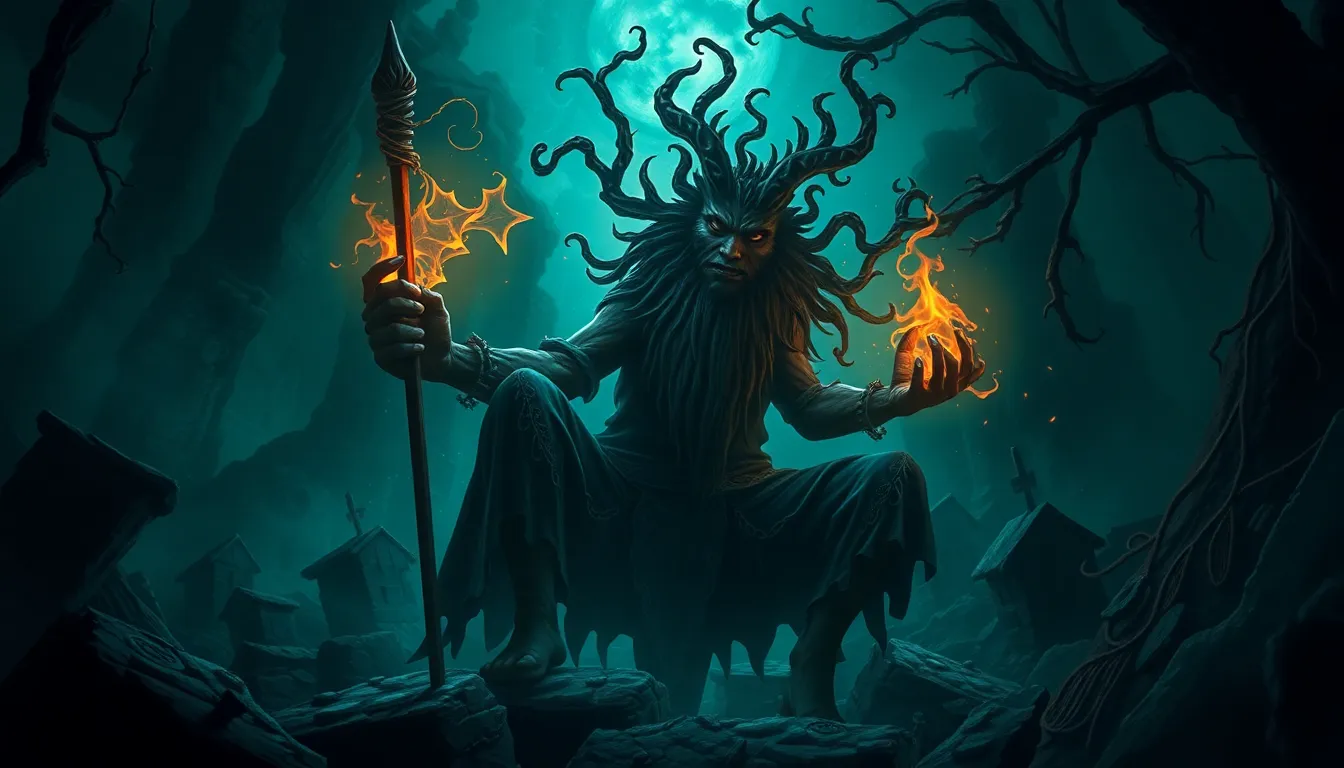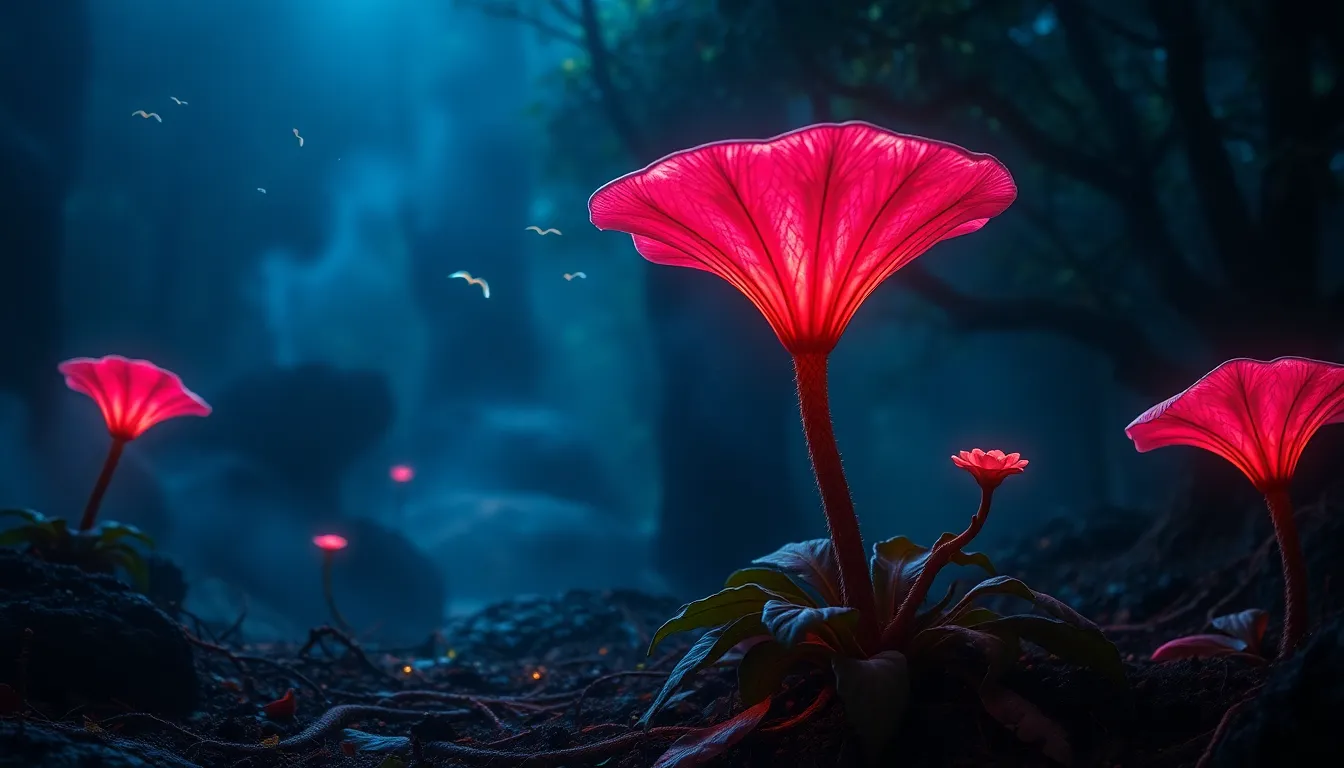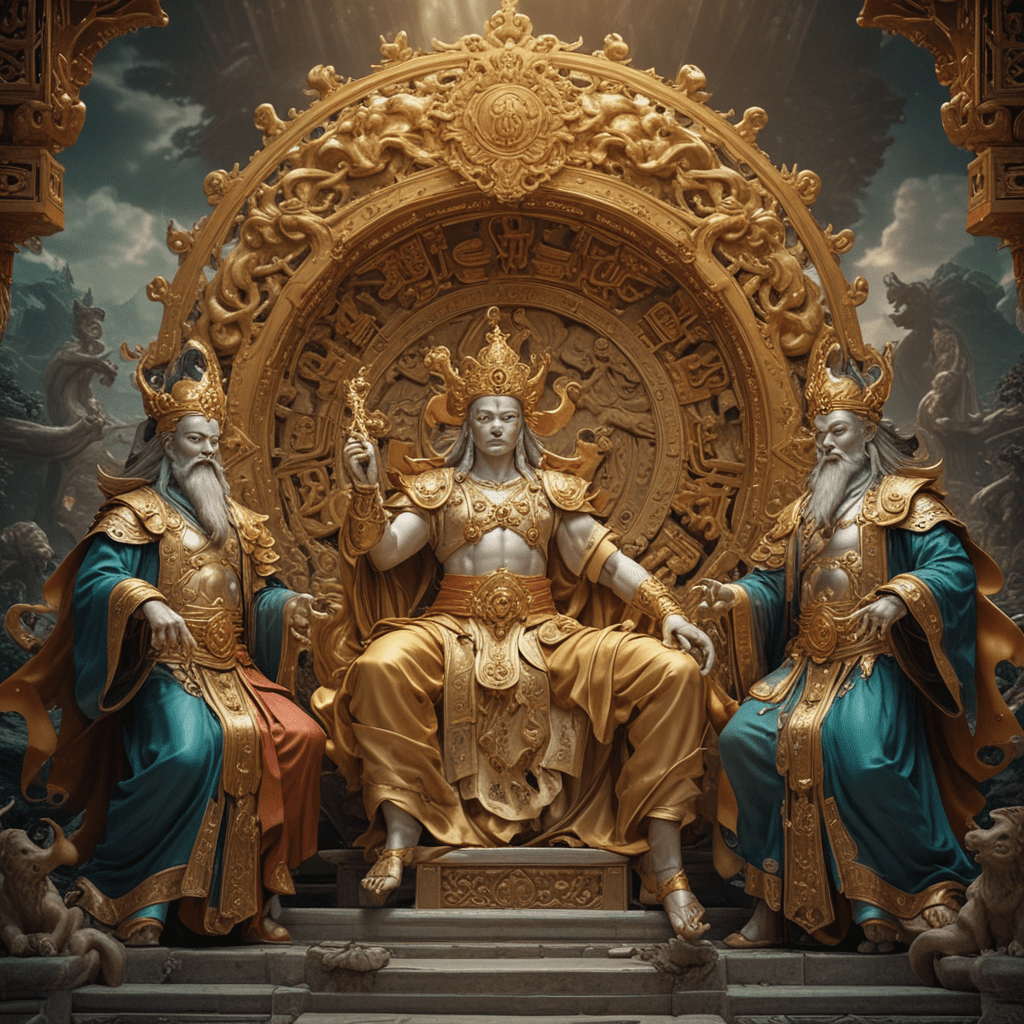The Trickster’s Influence on Modern Storytelling
Introduction to the Trickster Archetype
The trickster archetype is a fascinating and multifaceted figure in mythology and folklore, characterized by their cunning, humor, and ability to subvert norms. Tricksters often disrupt the status quo, challenging authority and societal conventions while simultaneously providing valuable lessons and insights.
Across various cultures, trickster figures have played pivotal roles in shaping narratives. For instance:
- Loki from Norse mythology, known for his mischievous and often malevolent antics.
- Anansi, the spider god in African folklore, who embodies wisdom and wit, often using his cleverness to outsmart others.
- Coyote, a prominent figure in Native American mythology, represents both the creator and the destroyer, embodying the duality of the trickster.
The trickster’s role transcends mere mischief; they often serve as catalysts for change, teaching moral lessons through their adventures and misadventures.
The Psychological Underpinnings of the Trickster
The trickster’s significance extends beyond folklore and literature into the realm of psychology. They symbolize the chaotic and creative aspects of the human psyche, embodying the tension between order and chaos. From a psychological standpoint, the trickster represents the unconscious mind’s ability to challenge societal norms and expectations.
Carl Jung, a prominent psychologist, identified the trickster as one of the archetypes within the collective unconscious. He suggested that the trickster embodies the dual nature of humanity, highlighting our capacity for both creation and destruction. This duality reflects our intrinsic struggle between conformity and individuality, making the trickster a powerful symbol in understanding human behavior.
Trickster Traits and Characteristics
Trickster figures are often defined by a set of common traits that make them intriguing and relatable:
- Cunning: Tricksters are resourceful and clever, often using their wits to navigate complex situations.
- Humor: A sense of humor is central to the trickster’s nature, allowing them to engage and entertain while making poignant observations about life.
- Deception: Tricksters frequently employ deception, whether for self-serving purposes or to teach others valuable lessons.
This duality is critical; tricksters can serve as both heroes and antagonists, depending on their motivations and the narratives they inhabit. In modern storytelling, these traits manifest in characters who challenge conventions and provoke thought, reflecting the complexities of contemporary society.
The Trickster in Classic Literature
Trickster figures have long been present in classic literature, significantly influencing narrative structure and character development. For example:
- Puck in Shakespeare’s “A Midsummer Night’s Dream” embodies the playful and mischievous essence of the trickster, manipulating events to create comedic chaos.
- Odysseus in Homer’s “The Odyssey” utilizes his cunning and deceptive skills to overcome obstacles and outsmart adversaries on his journey home.
These classic examples demonstrate how trickster figures often drive the plot forward, creating tension and intrigue while providing commentary on human nature and societal norms. Their influence can be seen in contemporary storytelling, where similar archetypes continue to thrive.
The Trickster in Contemporary Media
In modern film and television, trickster characters have evolved, often embodying anti-hero qualities. Some notable examples include:
- The Joker in the Batman franchise, who epitomizes chaos and challenges societal norms through his anarchic actions.
- Jack Sparrow in “Pirates of the Caribbean,” a charming yet unpredictable character who navigates a world of treachery and adventure.
This shift from villain to anti-hero reflects changing audience perspectives, where tricksters are embraced for their complexity and relatability. Successful narratives often leverage these characters to explore themes of morality, freedom, and rebellion against authority.
The Trickster and Humor in Storytelling
Humor plays a vital role in the trickster’s narrative impact. By using comedy, tricksters can disarm audiences, allowing for deeper engagement with serious themes. Comedic elements enhance plotlines and character development in various ways, such as:
- Providing levity in tense situations, making the narrative more accessible.
- Enabling characters to critique societal norms in a way that encourages reflection and discussion.
- Creating memorable moments that resonate with audiences, allowing for emotional connections.
Examples of shows and films that effectively utilize trickster humor include “The Office,” where characters often employ humor to navigate workplace politics, and “Deadpool,” which combines action with self-referential comedy to explore themes of identity and morality.
Subverting Expectations: The Trickster’s Role in Plot Twists
The trickster’s inherent unpredictability makes them ideal catalysts for plot twists and unexpected developments. By challenging expectations, tricksters can create surprising turns in narratives, enhancing audience engagement. Notable examples include:
- The reveal of identity in “Fight Club,” where the protagonist’s actions reflect the trickster’s chaotic influence on narrative structure.
- The unexpected alliances in “Game of Thrones,” where characters often betray expectations, reflecting the trickster’s influence on plot dynamics.
These plot twists not only keep audiences captivated but also encourage them to reconsider their assumptions about characters and storylines, ultimately enhancing their viewing experience.
Cultural Reflections: The Trickster as a Social Commentator
Modern tricksters often serve as social commentators, reflecting and critiquing societal issues and challenges. By challenging authority and societal norms, they provide a mirror for audiences to reflect upon their realities. Examples of contemporary works that utilize the trickster for social commentary include:
- “The Simpsons,” where characters like Bart Simpson embody the trickster spirit, critiquing suburban life and societal expectations.
- “Get Out,” which employs the trickster archetype to explore themes of race and identity in contemporary society.
Through their antics, tricksters encourage audiences to question the status quo, fostering critical thinking and dialogue about pressing social issues.
The Future of the Trickster in Storytelling
As storytelling continues to evolve, the trickster archetype is likely to adapt and thrive in new forms. Predictions for the future of the trickster in storytelling include:
- Increased representation of diverse trickster figures that reflect a variety of cultural backgrounds and perspectives.
- A deeper exploration of the psychological complexities of tricksters, moving beyond simple humor and mischief.
- New platforms and mediums, such as interactive storytelling and virtual reality, offering fresh interpretations of the trickster’s role in narratives.
Ultimately, the trickster will continue to be a vital force in storytelling, challenging audiences to engage with the complexities of human nature and societal norms.



